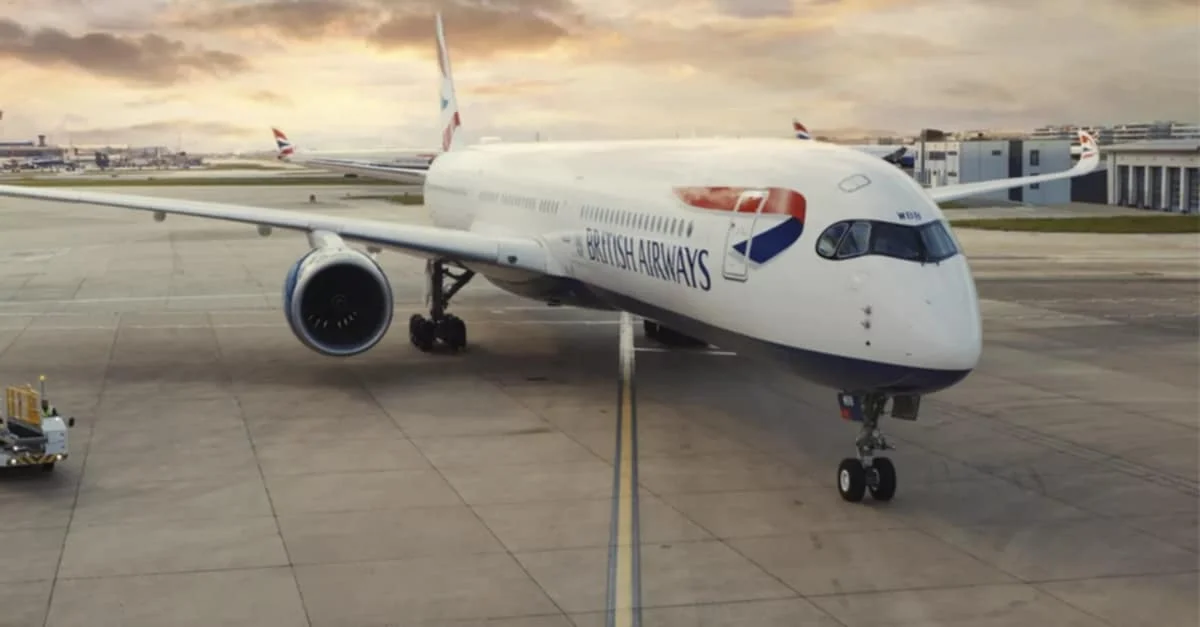As commercial passenger jets travel high in the sky, their cabins are pressurized to aid passenger comfort, although the pressurization does not match that at sea level. Instead, it mirrors altitudes similar to Aspen, Colorado, around 8,000 feet above sea level. "Aircraft are pressurized to simulate an altitude of around 8,200 feet or 2,500 meters above sea level," according to a description of the process.
The aircraft's environmental control system (ECS) is crucial in managing cabin airflow, compressing, cooling, and filtering the air before distribution. Overall, aircraft cabins are designed to simulate a manageable altitude for passenger safety and comfort. However, cabin pressure changes can still affect human bodies. For instance, blocked ears and changes in blood oxygen levels are common issues stemming from cabin pressure adjustments. "As a matter of fact, going much higher than 8,000 feet without the help of modern technology can cause altitude sickness, also known as hypoxia," according to Honeywell.
In modern aircraft such as the Boeing 787 Dreamliner, cabin pressurization has been further improved. Due to its composite materials, it operates with a cabin pressure equivalent to 6,000 feet, as opposed to the usual 8,000 feet, enhancing passenger comfort. "That 7.5% increase translates into a 25% lower feeling altitude," demonstrating the comfort level advancements in newer designs like the Dreamliner and the Airbus A350. The article notes that the Airbus A330neo, based on older designs, maintains a higher cabin pressure than its more modern counterparts.
 Alerts Sign-up
Alerts Sign-up





































